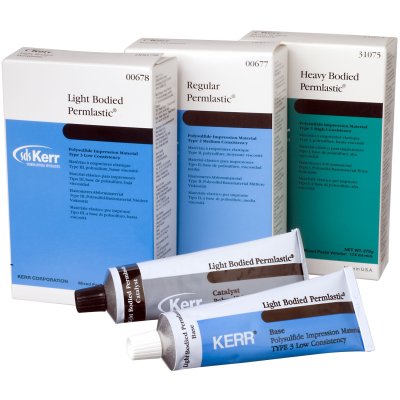Acute suppurative sialadenitis (including parotitis) is usually caused by Staphylococcus aureus. But sometimes it may be polymicrobial in adults. In acute suppurative sialadenitis, the glands are enlarged, often hot and tense, and pus may be expressed from the Stensen's duct. The patient is usually systemically unwell, dehydrated and has difficulty
swallowing.
 |
| Intraoral view of purulence emanating from the parotid duct orifice in a patient with acute suppurative parotitis [1]. |
Management
Management of acute suppurative sialadenitis includes
- urgent referral to hospital for surgical review
- rehydration
- culture and susceptibility testing of blood samples
if the swelling is fluctuant, intraductal or surgical drainage; send pus for culture and susceptibility
testing
- antibiotic therapy, given intravenously initially then orally once the patient can swallow.
If S. aureus is identified in a blood culture, treat as S. aureus bacteraemia. If the results of blood culture
indicate a polymicrobial bacteraemia, take expert advice.
Intravenous antibiotic therapy for acute suppurative sialadenitis
Initiate empirical antibiotic therapy for acute suppurative sialadenitis in conjunction with local intervention or drainage. Use flucloxacillin 2 g (in case of child: 50 mg/kg up to 2 g) intravenously, 6-hourly; afterwards you can switch to oral therapy once the patient can swallow.
For patients with risk factors for methicillin-resistant Staphylococcus aureus (MRSA) infection use vancomycin intravenously (for doses see details in
iridium course); switch to oral therapy once the patient can swallow.
In some regions, based on local community acquired–MRSA susceptibility patterns, clindamycin or lincomycin is a suitable alternative to vancomycin.
- clindamycin 600 mg (child: 15 mg/kg up to 600 mg) intravenously, 8-hourly; switch to oral therapy once the patient can swallow OR
- lincomycin 600 mg (child: 15 mg/kg up to 600 mg) intravenously, 8-hourly; switch to oral therapy once the patient can swallow.
For patients with immediate nonsevere or delayed nonsevere hypersensitivity to penicillins and without
risk factors for MRSA, use cefazolin 2 g (child: 50 mg/kg up to 2 g) intravenously, 8-hourly; switch to oral therapy once the patient can swallow.
For patients with immediate severe or delayed severe hypersensitivity to penicillins and without risk
factors for MRSA, use clindamycin or lincomycin as above.
Oral continuation therapy for acute suppurative sialadenitis
Initiate oral continuation therapy once the patient can swallow. If the results of culture and susceptibility
testing are available, modify oral therapy accordingly. If the results of susceptibility testing are not
available, use dicloxacillin 500 mg (child: 12.5 mg/kg up to 500 mg) orally, 6-hourly for a total of 10 days (oral & intravenous) or flucloxacillin 500 mg (child: 12.5 mg/kg up to 500 mg) orally, 6-hourly for a total of 10 days (intravenous plus oral).
For patients with risk factors for methicillin-resistant Staphylococcus aureus (MRSA) infection for whom results of susceptibility testing are not available, use trimethoprim+sulfamethoxazole 160+800 mg (child 1 month or older: 4+20 mg/kg up to 160+800 mg) orally, 12-hourly for a total of 10 days (intravenous plus oral) OR clindamycin 450 mg (child: 10 mg/kg up to 450 mg) orally, 8-hourly for a total of 10 days (intravenous plus oral)*
For patients with immediate nonsevere or delayed nonsevere hypersensitivity to penicillins and without risk factors for MRSA, use
cefalexin 500 mg (child: 12.5 mg/kg up to 500 mg) orally, 6-hourly.
For patients with immediate severe or delayed severe hypersensitivity to penicillins and without risk factors for MRSA, use trimethoprim+sulfamethoxazole or clindamycin as above.
*An oral liquid formulation of clindamycin is not commercially available; for formulation options for children or people with swallowing difficulties, see the Don’t Rush to Crush Handbook, published by the Society of Hospital Pharmacists of Australia.
Ref:


